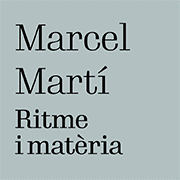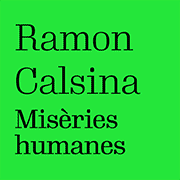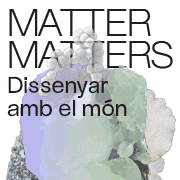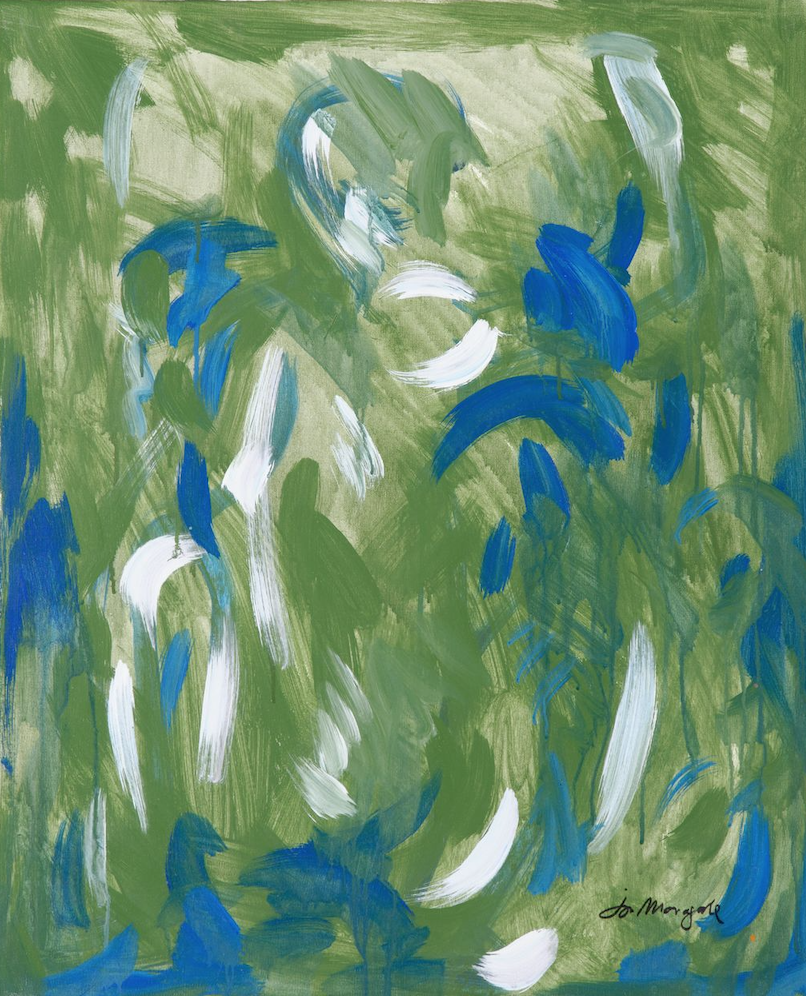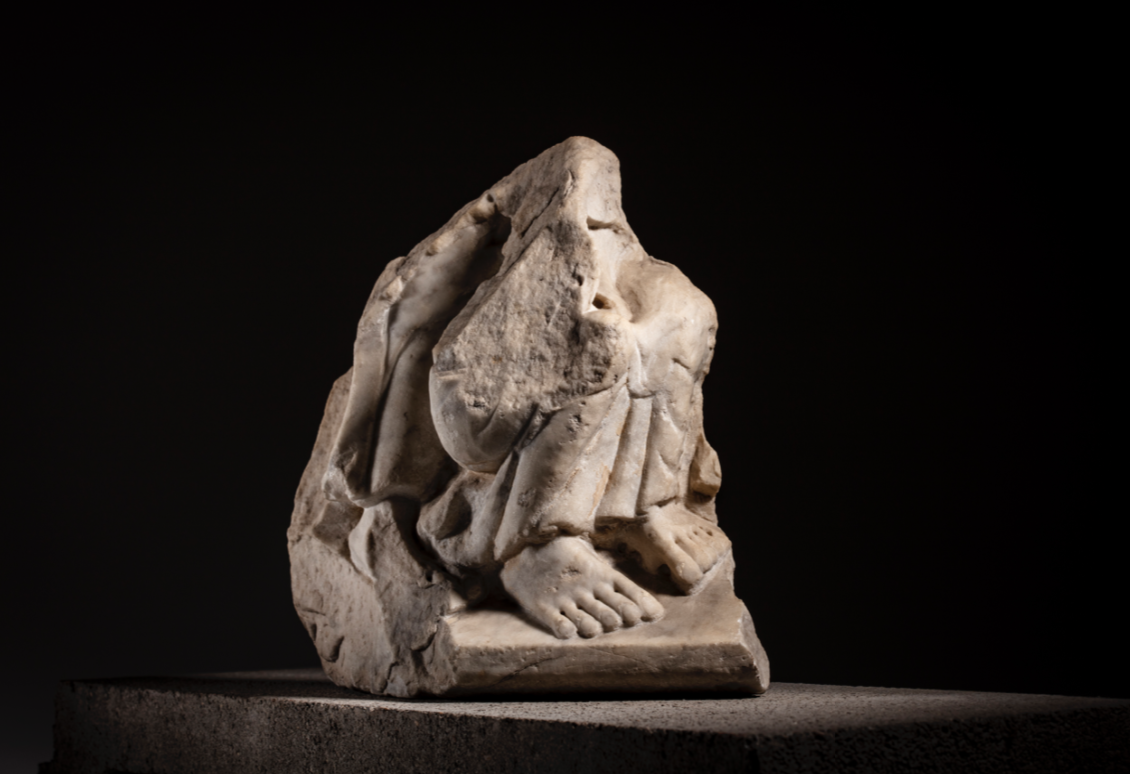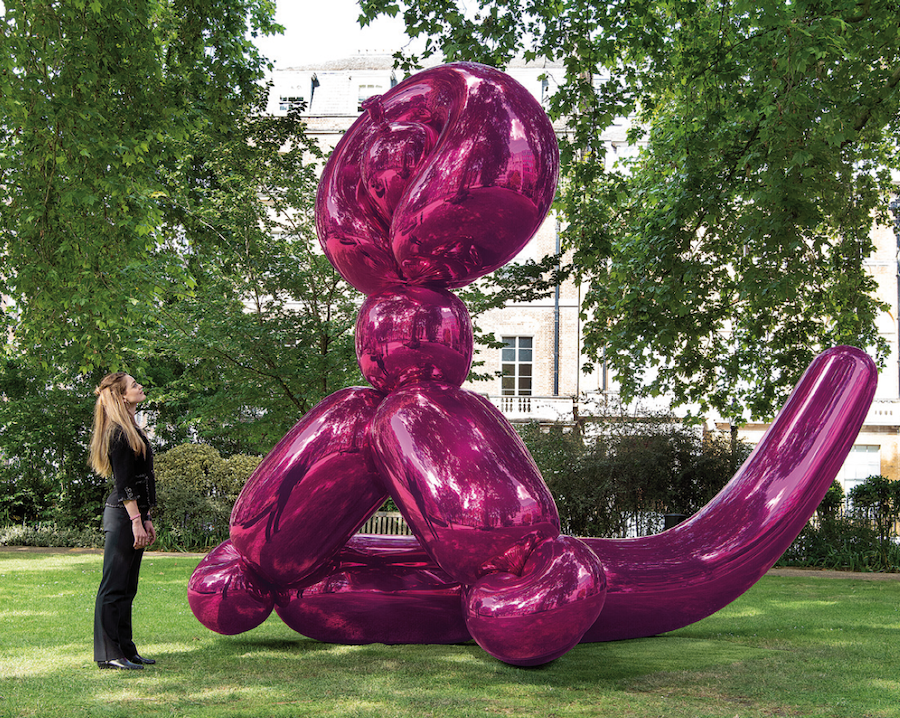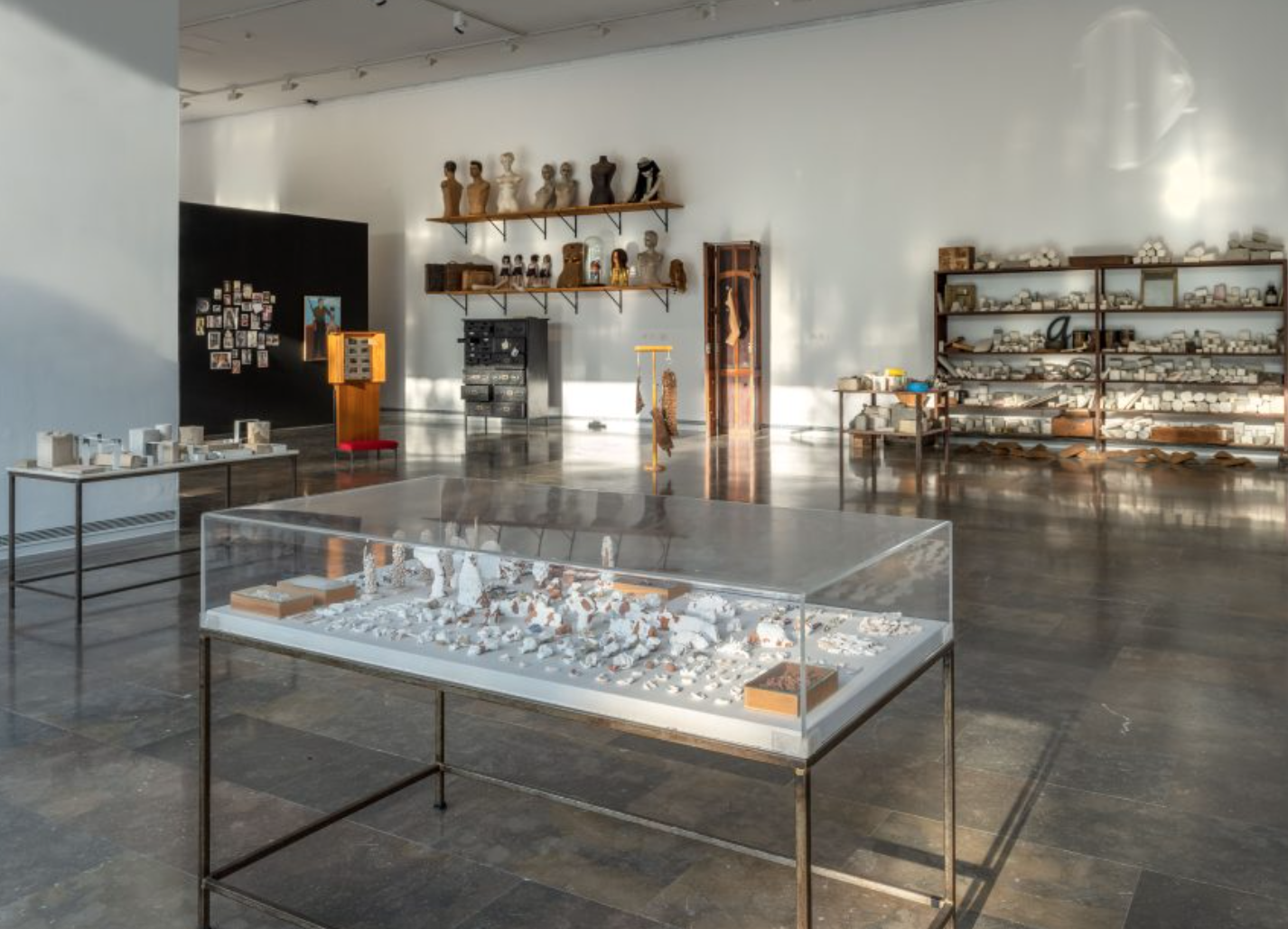Opinion
Carme Pinós and the expression of structure
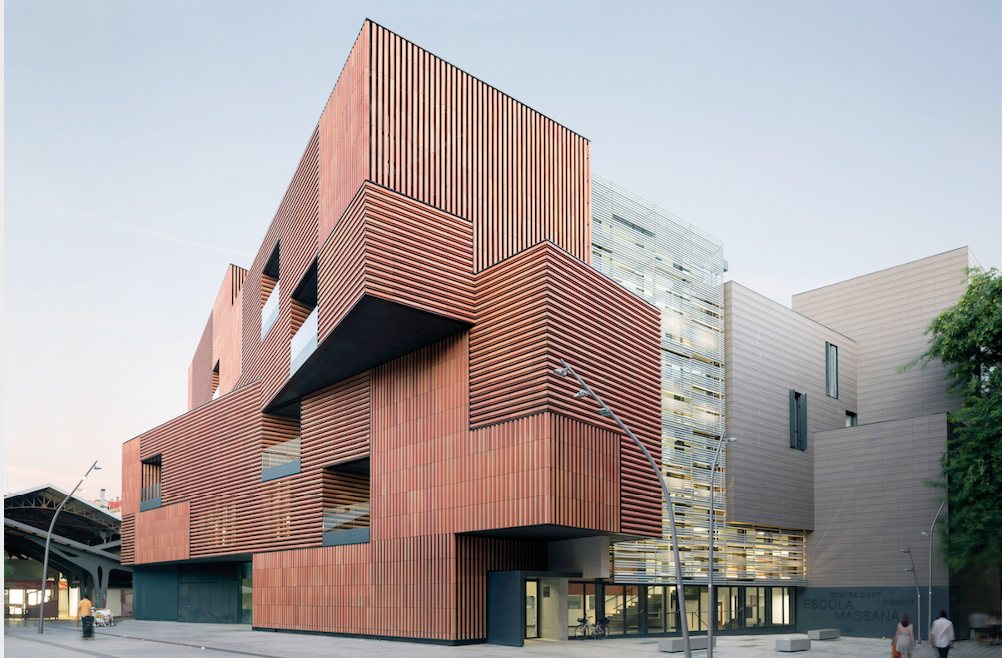
National Architecture Award 2021, Carme Pinós (Barcelona, 1954) is one of the most highly rated architects in Europe. Tomás Pinós, his father, was director of digestive pathology at the Sant Pau Hospital in Barcelona. The mother, Carmen Esplat, who was 27 years younger than the father, began to study medicine, but the Civil War interrupted it. While studying architecture in Barcelona, Carme Pinós helped her mother run the farm they owned in Balaguer (Lleida). This led her to conceive landscape buildings that break the lot and insert themselves into the site.
After achieving international recognition working hand in hand with her partner and husband, Enric Miralles – on projects such as the Igualada cemetery (1991), considered one of the most modern necropolises in the whole State –, she founded the his own studio in Barcelona's Diagonal. Its essence when creating is not to make buildings with speculative zeal or that destroy the landscape or the city. Among his projects, the Cube tower in Guadalajara (Mexico) stands out, a work carried out between 2002 and 2005 that marked a turning point and in which the idea was to create a building with ventilated and bright offices that took advantage of the virtues of the local climate without the need to use air conditioning. Other significant works by Pinós are the CaixaForum in Zaragoza – conceived as a sculptural piece in the middle of a park that seeks to be part of the public space by separating from the ground to free its ground floor–, the Massana School, the department building of the University of Economics in Vienna or the back facade of the Mercat de la Boqueria in Barcelona, or his house in Mallorca, among others. In 2012, he created the furniture firm Objects by Estudi Carme Pinós, a collection of products at accessible prices, with high-quality materials, versatile and easy to assemble.
Carme Pinós does not consider making great buildings, but decent constructions. The tenacity in giving authority to the works translates into giving absolute importance to the expression of the structure: "When you explain the forces of nature, gravity, balances, and you make a building like a tree, of which you see its structure, its presence and its connection with everything, is stronger. It is on the ground and explains how it is there, it is not the result of ethereal drawings nor are they amorphous forms", says Pinós, who belongs to a generation in which female architects were a minority.
Architecture relates art and life. And this is what has always interested Carme Pinós, the responsibility that architecture has with society: building scenarios for life. And in order to do that, Pinós is clear that the architect must destroy himself before building.


